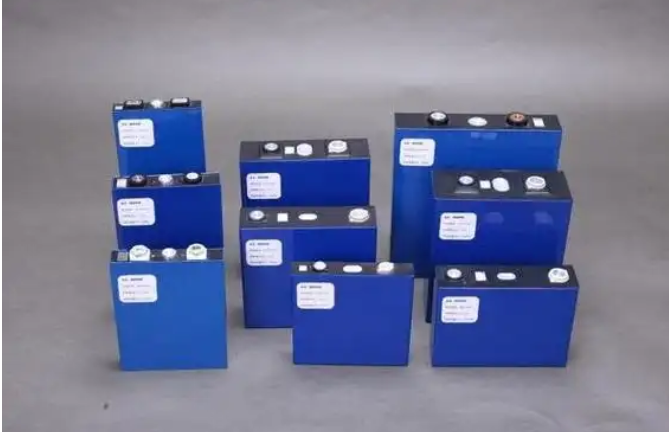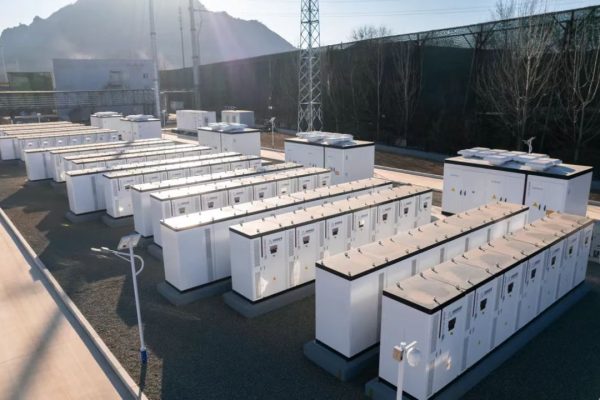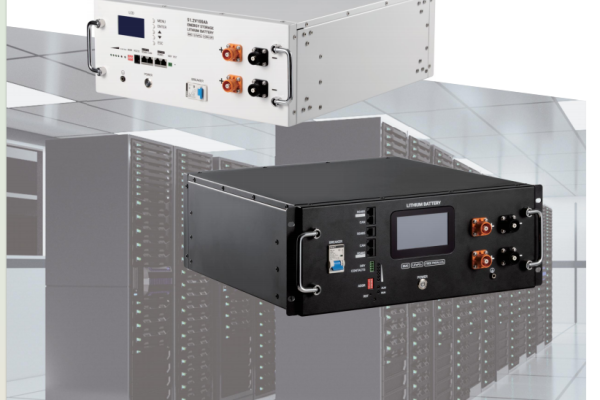Keywords:lithium-ion battery, battery technology, energy storage, EV battery, NMC, LFP, cycle life
Introduction Despite the rise of solid-state and sodium-ion technologies, lithium-ion batteries remain the market leader. Why? It comes down to a mature supply chain, balanced performance, and decreasing cost per kWh.
1. Dominant Chemistries: NMC vs LFP
- NMC (Nickel Manganese Cobalt): Higher energy density, suitable for EVs
- LFP (Lithium Iron Phosphate): Safer, longer life, more stable pricing
2. Cost Trends
- Battery pack prices fell below $100/kWh in 2023 for utility scale
- Consumer applications benefit from economies of scale
3. Cycle Life and Performance
- NMC: 2000–3000 cycles
- LFP: 4000–6000+ cycles
4. Applications That Still Rely on Li-ion
- Home and commercial energy storage
- EVs
- Portable electronics
5. Technological Advancements
- Silicon anodes increasing energy density
- BMS improvements for thermal safety
Conclusion Lithium-ion batteries are here to stay, at least for the foreseeable future. Their performance, scalability, and continuous innovation make them the default choice in most applications.









